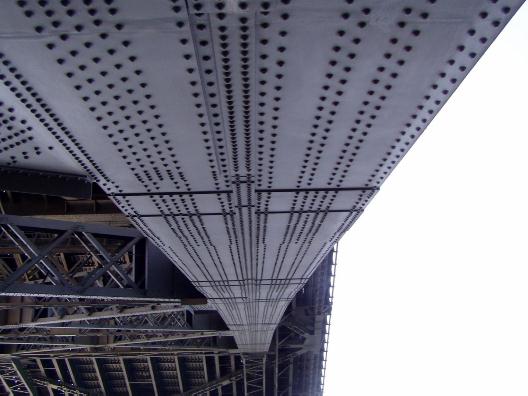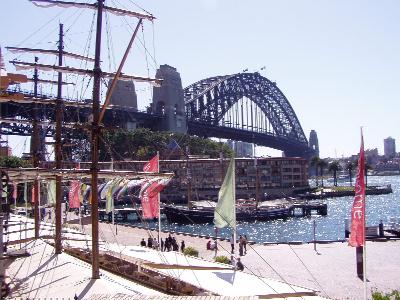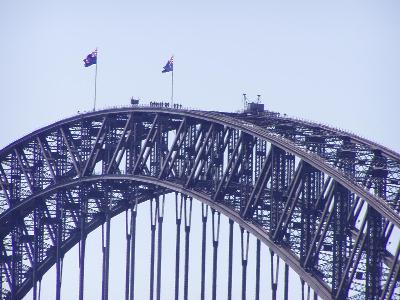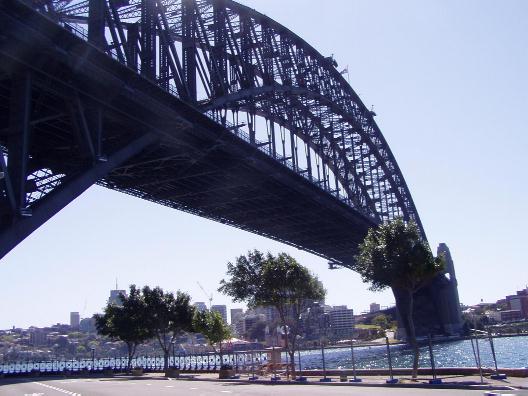Newtown
Hotels & AccommodationAustralia Sunrise Lodge
Newtown
InformationHomeNewtown Local
Business InfoBusiness Index
Newtown Information
1 Geography
2 History
2.1 Early years
2.2 Early 20th century
2.3 1970s
2.4 1980s and later
3 Population statistics
4 Transport
5 Politics
6 Local events
and culture
6.1 Live music
6.2 Newtown Festival
6.3 Newtown Jets
7 External links
Newtown Bed and Breakfast
Sydney
|
|
  
Newtown Hotels & Accommodation
Newtown postcode 2042 is a suburb in the Inner West of Sydney, in the state of New South Wales, Australia.
History
Early years
The Aboriginal history of the Newtown area is very ancient. Recent archaeological discoveries suggest that Aborigines have lived in the Sydney Basin for as long as 20,000 years (and possibly much longer). Artefacts found during the construction of the Alexandria Canal in the late 1800s indicated local Aboriginal occupation dating back at least 8000 years.
The Newtown area was well-frequented by the local Eora people, who ranged across the entire are from Sydney Cove to Botany Bay in the south and Ashfield in the west. Tragically, the arrival of white settlers in 1788 and the subsequent introduction of European diseases like smallpox decimated the Eora people and their neighbours, and it is estimated that by the early 1800s more than 90% of the Aboriginal population had died from disease or had been killed by settlers.
Newtown was established as a residential and farming area in the early 19th century. It got its name from a grocery store opened there by John and Eliza Webster in 1832, at a site close to where the Newtown railway station stands today. They placed a sign on top of their store that read "New Town Stores". Passers-by took this to mean that the area was called New Town and the name caught on, with the space gradually disappearing over the years to form the name Newtown.
On December 12, 1862 the Municipality of Newtown was incorporated, covering 480 acres (1.92 square kilometers), and divided into three wards: O'Connell, Kingston and Enmore. In 1893 a plan to rename the area "South Sydney" was discussed (as two municipalities had merged to form North Sydney three years earlier), but nothing came of it.
The area was rapidly developed in the late 1800s, with many former farms and other large properties being subdivided and developed as row-houses. With its predominance of Victorian-era houses and shopfront styles, with balconies, ornate architectural decorations and elaborate iron lace, Newtown is similar to other well-known inner city suburbs like Glebe, Paddington and Balmain.
Newtown always had a significant proportion of low-income residents, many of whom worked at the local shops, factories, warehouses, brickyards and at the nearby Eveleigh Railway Workshops during the late 1800s the Newtown area prospered. Several large estates and many imposing Victorian mansions were built, as well as many rows of single storey row houses and two-storey terraces. Regrettably, as in many other historic areas of Sydney, some of the largest and most important houses, such as Erskine Villa (which gave its name to the suburb of Erskineville), were demolished and the estates subdivided. One of the most impressive surviving sets of 19th century housing in Newtown is the line of imposing terraces along Warren Ball Avenue in north Newtown, where five elegant five-storey mansions run the entire length of the street, facing onto a park.
Some information on this page is licensed under the GNU Free Documentation License. It is based on material from the Wikipedia article "newtown nsw".
|






